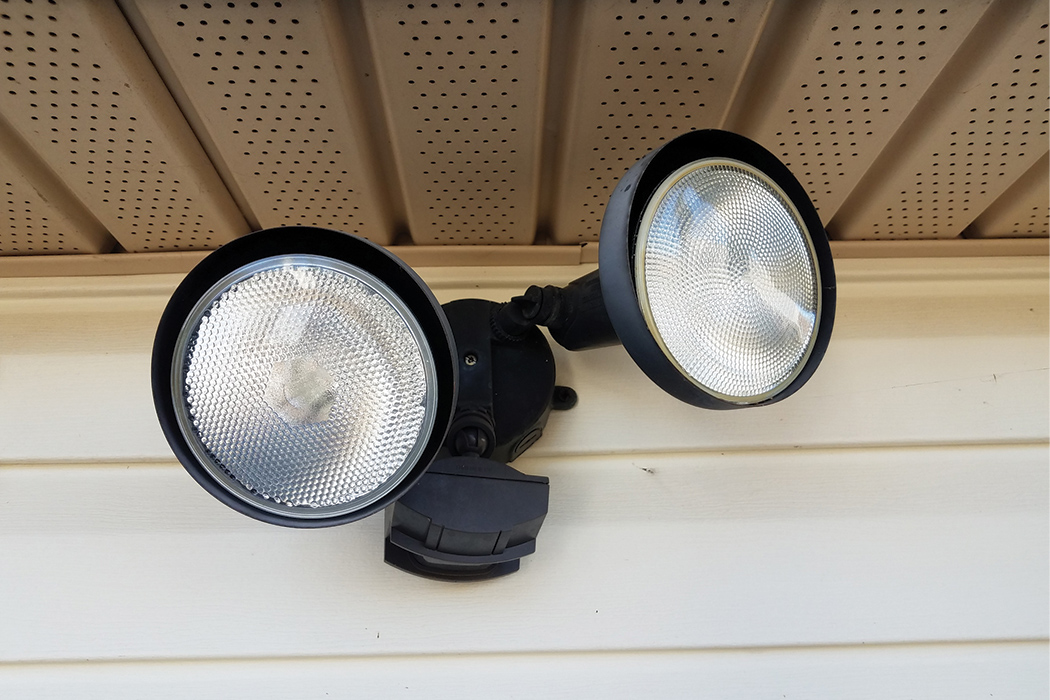How to Choose a Wireless Security System
What are your options?

In the past, home security systems used landlines and/or home phones to work. With more modern technology available nowadays, many people are wondering if it’s necessary to have a wireless connection in order to maintain your security system. While not a requirement, wireless monitoring has become the new normal in terms of home security, especially when it comes to smart devices and home automation. Most security companies no longer require you to have a hardwired internet connection in order to monitor your home. Some offer both wired and wireless options, and some will even help you switch your system from a landline connection to a wireless option.
Options for Wireless Monitoring
Wireless monitoring can either be done through a cellular or internet connection. Most companies use Wi-Fi to wirelessly send signals through the internet, but there are other options available, such as Bluetooth and Z-Wave.
Cellular monitoring, by contrast, uses radio signals to connect your control panel to your mobile device and/or an alarm center. Cellular monitoring is considered more reliable and secure than internet monitoring, as it includes encryption technology that makes it less susceptible to hacking.
A disadvantage to only using Wi-Fi monitoring is that if there’s a power outage, your internet will be disconnected, and you’ll be left vulnerable. Also, if a burglar finds a way to disable your internet, then your security system won’t work, and your alarm center won’t be notified of the break-in. Some may choose to have a cellular connection as a backup in case there’s a power outage or storm and their internet fails.
Brinks Home™, for example, uses dual-path technology that applies both cellular data and Wi-Fi to connect your security system to our Alarm Response Center and your mobile phone. If an alarm goes off, this hybrid model automatically selects the fastest way to signal for help, even if your internet is down.
What’s Included in a Basic Wireless System
A basic wireless monitoring system usually contains a control panel and several sensors. Your control panel is placed in a fixed position in your home, usually near the front door. There are two types of wireless sensors typically available:
Motion Sensors
Motion sensors (or motion detectors) are an important part of protecting your home from potential thieves. You’ll want to place them in areas of your home where they can cover a wide range of space. They should be placed in left or right corners near the ceiling where nothing is blocking their view, such as a tall cabinet or television. Don’t place motion sensors on a window or near a door, as the constant opening and closing can set the detector off and create a false alarm. Instead, put it on the outside of the hallway in an open space. If you have another story, place a motion detector in the landing or near the staircase.
The Encrypted Pet Immune Wireless Motion Sensor from Brinks Home uses infrared technology to detect motion of people or animals within a 30-foot range. It can be set to ignore the movement of animals smaller than 40 pounds, reducing the possibility of a false alarm.
Window and Door Sensors
Window and door sensors are different from motion detectors in a couple of ways. They contain two distinct parts, a transmitter and a magnet. If someone opens a door or window that has a sensor attached, and these components are separated by more than two inches, the sensor will sound. Some security systems will even let you know which window or door has been opened or left ajar. When installing these sensors, place the magnet on the door or window itself and the transmitter on the frame. The two must be aligned for the system to recognize when the sensor is tripped.
Brinks Home’s Wireless Door/Window Sensor provides flexible mounting options, so you can place them on cabinets, drawers, safes, and more.
Sensors and Internet Outages
Even if your security system requires an internet connection, your sensors will continue to work. However, if you are only using an internet connection and don’t have a cellular backup, your monitoring company may not receive a notification if one of your sensors goes off during an internet outage.
Brinks Home offers both wired and wireless home security options. Contact us today to get started with one of our Security Consultants.



